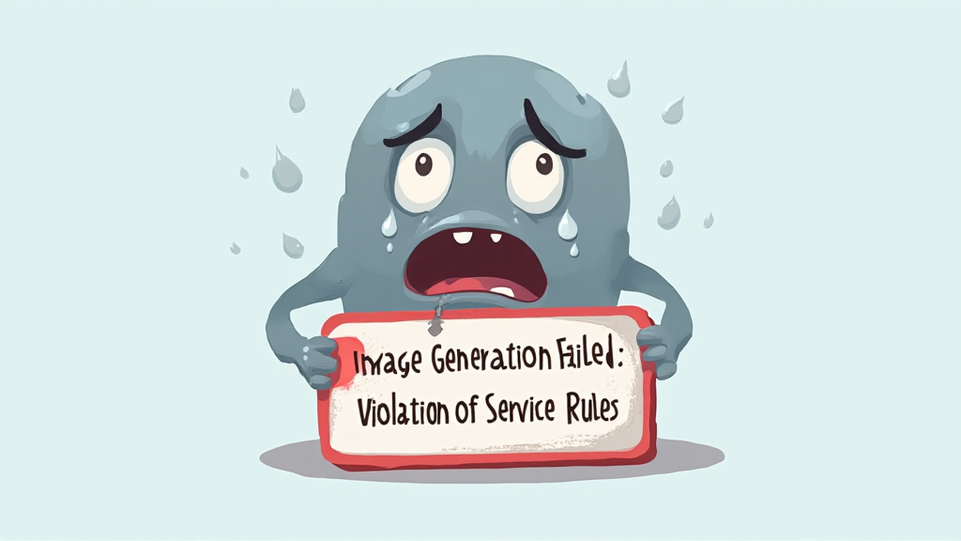Introduction to Inflation and Its Impact on Savings
Understanding Inflation: Causes and Effects
Inflation represents the rate at which the general level of prices for goods and services rises, eroding purchasing power. This phenomenon can significantly impact savings, as the real value of money diminishes over time. Individuals may find that their savings do not stretch as far as they once did. It’s crucial to understand this dynamic. Many people overlook inflation’s effects.
As inflation rises, the cost of living increases, leading to higher expenses. This can force individuals to dip into their savings more frequently. He must consider alternative strategies to preserve wealth. Diversification is key. Investing in assets that typically outpace inflation can help mitigate these risks.
The Current State of Inflation Globally
Inflation rates have surged globally, driven by various factors such as supply chain disruptions and increased demand post-pandemic. Many countries are experiencing significant price hikes. This situation affects consumers’ purchasing power. He should be aware of these changes.
Key statistics include:
These figures illustrate a concerning trend. He must consider how inflation impacts savings. It’s essential to adapt investment strategies.
The Role of Cryptocurrency in Inflationary Times
How Cryptocurrencies Can Hedge Against Inflation
Cryptocurrencies offer a unique hedge against inflation due to their decentralised nature and limited supply. Many digital assets, like Bitcoin, have a capped maximum supply, which contrasts with fiat currencies that can be printed at will. This scafcity can preserve value over time. He should consider this aspect carefully.
Additionally, cryptocurrencies operate independently of traditional financial systems . This independence can provide a buffer during economic instability. He must evaluate the risks involved. The volatility of cryptocurrencies is notable. However, their potential for high returns is compelling.
Comparing Cryptocurrencies to Traditional Assets
Cryptocurrencies and traditional assets differ significantly in their characteristics and performance. For instance, while stocks and bonds are subject to regulatory oversight, cryptocurrencies operate in a decentralized environment. This can lead to greater volatility. He should be aware of this risk.
Moreover, traditional assets often provide dividends or interest, whereas cryptocurrencies typically do not. However, they can offer substantial capital appreciation potential. This potential is appealing to many investors. Additionally, cryptocurrencies can be more accessible, allowing for fractional ownership. This feature democratizes investment opportunities.
Strategies for Protecting Your Savings
Diversification: Spreading Your Investments
Diversification is a crucial strategy for mitigating risk in investment portfolios. By spreading investments across various asset classes, individuals can reduce the impact of poor performance in any single area. This approach enhances overall stability. He should consider this method seriously.
Effective diversification can include:
Each asset class behaves differently under market conditions. This variability can protect against inflation. He must evaluate his risk tolerance. A well-diversified portfolio is essential.
Investing in Stablecoins: A Safer Bet?
Investing in stablecoins can provide a safer alternative during volatile market conditions. These digital assets are typically pegged to fiat currencies, which helps maintain price stability. He should consider this option carefully.
Key benefits of stablecoins include:
These features make stablecoins appealing for risk-averse investors. He must assess the underlying mechanisms of each stablecoin. Understanding their backing is essential for informed decisions.
Utilizing Decentralized Finance (DeFi)
What is DeFi and How Does it Work?
Decentralized Finance (DeFi) refers to financial services built on blockchain technology, enabling peer-to-peer transactions without intermediaries. This system enhances transparency and reduces costs. He should explore these advantages.
DeFi platforms offer various services, including:
These features empower users with greater control over their finances. He must understand the associated risks. Smart contracts govern these transactions, ensuring security and efficiency.
DeFi Platforms for Earning Interest on Savings
DeFi platforms provide innovative ways to earn interest on savings through decentralized lending and liquidity pools. These platforms often offer higher yields compared to traditional banks. He should consider this opportunity.
Popular DeFi platforms include:
These platforms utilize smart contracts for security and transparency. Market volatility can affect returns. Understanding the underlying mechanisms is crucial for informed participation.
Long-term vs. Short-term Strategies
Assessing Your Financial Goals
Assessing financial goals is essential for effective investment planning. He must distinguish between long-term and short-term strategies. Long-term goals often focus on wealth accumulation and retirement planning. These require patience and a diversified approach.
In contrast, short-term goals may involve saving for immediate needs or opportunities. He should prioritize liquidity in these cases.
Understanding the time horizon for each goal is crucial. This clarity helps in selecting appropriate investment vehicles. He must regularly review and adjust his strategies. Flexibility is key to achieving financial success.
Choosing the Right Investment Horizon
Choosing the right investment horizon is critical for aligning financial strategies with personal goals. Long-term investments typically focus on growth and capital appreciation. These strategies often involve equities and real estate. He should be prepared for market fluctuations.
On the other hand, short-term investments prioritize liquidity and quick returns. These may include money market funds or short-term bonds. He must assess his risk tolerance. Understanding the time frame for each investment is essential. This clarity aids in making informed decisions.
Conclusion: Taking Action Against Inflation
Recap of Key Strategies
To combat inflation effectively, individuals should implement diverse strategies. Investing in assets that typically outpace inflation is crucial. He must consider real estate and commodities.
Additionally, utilizing cryptocurrencies can provide a hedge. Stablecoins offer stability in volatile markets. He should evaluate his risk profile. Regularly reviewing and adjusting investment portfolios is essential. This proactive approach can enhance financial resilience.
Encouragement to Stay Informed and Adapt
Staying informed about economic trends is vital for effective financial management. He must monitor inflation rates and market conditions regularly. Adapting investment strategies in response to these changes is essential. This flexibility can enhance financial security.
Furthermore, engaging with financial education resources can provide valuable insights. He should consider webinars, articles, and expert analyses. Continuous learning empowers individuals to make informed decisions. Knowledge is a powerful tool. Staying proactive is crucial for long-term success.
